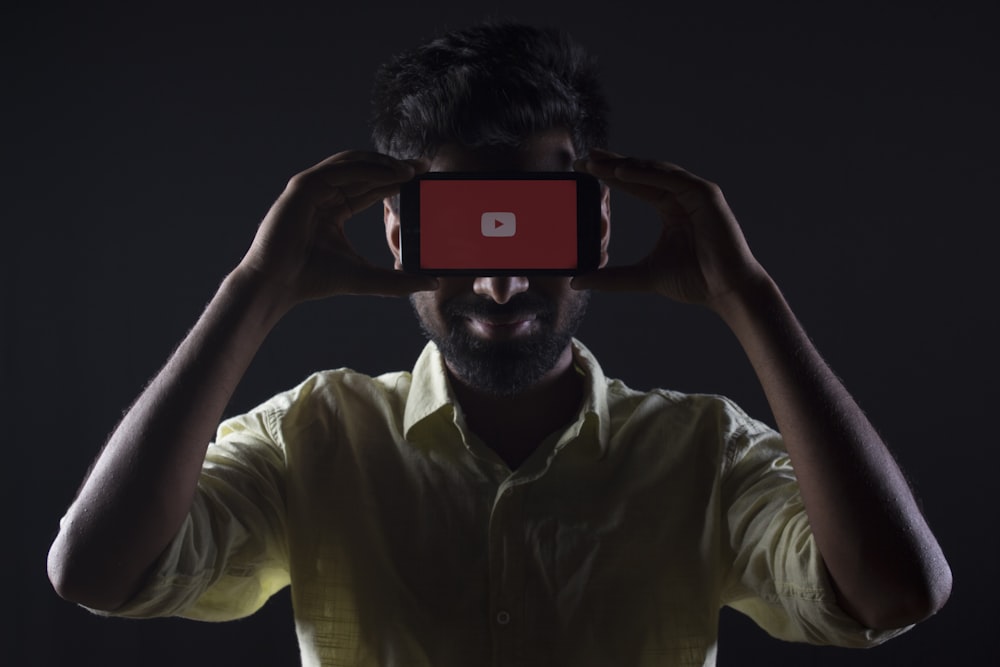Photo by: Rachit Tank on Unsplash
Today we had a presentation on different strategies for using Assistive Technology in the classroom. The focus was split between technology designed to help students with physical limitations and linguistic technology. The only experience I have in this area is with text to speech devices that were present in my elementary school classroom so it was really interesting to see what is available now.
The range of options now is pretty incredible. I was particularly interested in technology to help improve verbal expression, such as sign language translators and gesture sensing technology. During my time observing in classrooms I have seen non-verbal students who could potentially benefit from access to these technologies. Anything that makes it easier to communicate with students is worth exploring.
In that vein, the linguistic technology that was introduced is also really exciting. In particular, I was interested in how a teacher could use Youtube in education. “Youtube Learning” is like Google scholar except instead of scholarly articles the resource are educational videos with a wide range of content in a wide range of languages. They are approved as a creator of educational content to everything that is posted has first been vetted. As the presenters pointed out it is a great resource for a language classroom because it helps solve the problem of how to get authentic language into classrooms such as slang, idioms, and colloquial expressions. Existing resources are not authentic and not realistic. I think this could be really effective particularly because Youtube is a resource that students already interact with so it is not a huge leap for them.

Leave a Reply